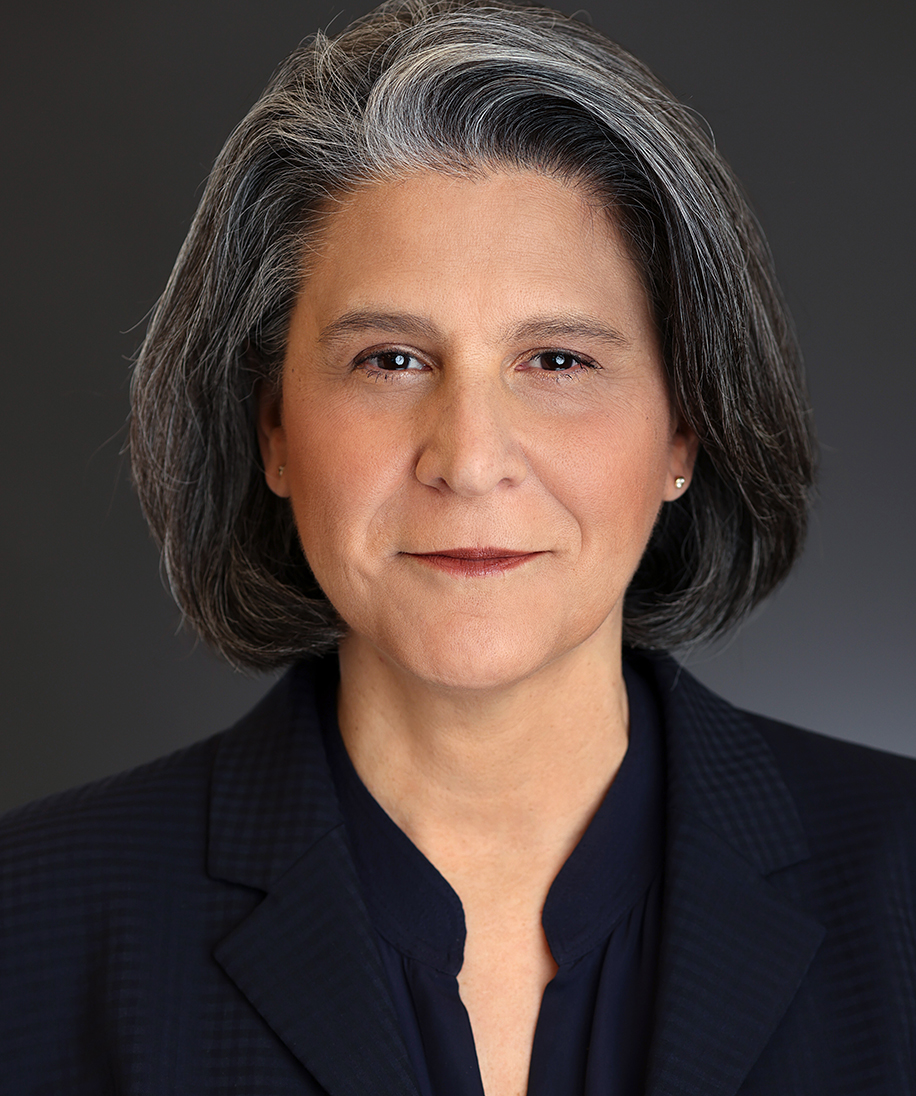Client Alert
Recent Clarification from the DOL Regarding the Families First Coronavirus Response Act
September 14, 2020
By Emily R. Pidot, Carson H. Sullivan & Adriana N. Simmons
On Friday, the Department of Labor’s (DOL) Wage and Hour Division released revisions to its initial rule (issued April 1, 2020) implementing provisions under the Families First Coronavirus Response Act (FFCRA).
Following a decision from Judge Oetken of the U.S. District Court for the Southern District of New York that found portions of the initial rule invalid last month, the revised rule will take effect on September 16, 2020 and clarifies both workers’ rights and employers’ responsibilities under the FFCRA’s paid leave provisions. The revised rule expires December 31, 2020.
The key revisions released Friday clarify:
I. Employees May Take FFCRA Leave Only if Work Would Otherwise Be Available to Them.
The DOL reaffirmed that paid sick leave and expanded family and medical leave may be taken only if the employee has work from which to take leave, contrary to Judge Oetken’s ruling. Judge Oetken struck the “work availability” portion of the initial rule as he did not view the DOL’s justification for it sufficient, and his ruling made it appear likely that every employee subject to a stay-at-home order issued during a second wave of COVID-19 would be eligible to take leave under the Act—even if the employer’s business was forced to suspend operations.
In fact, according to the DOL, if there is no work for an individual to perform due to circumstances other than one of the six qualifying conditions under the Act[1]—i.e., because the employer closed the worksite (temporarily or permanently)—that qualifying reason could not be a but-for cause of the employee’s inability to work. “Instead, the individual would have no work from which to take leave” and, thus, the Act’s provisions do not apply.
II. An Employee Must Have Employer Approval to Take FFCRA Leave Intermittently.
Where intermittent FFCRA leave is permitted by the Department’s regulations,[2] an employee must obtain his or her employer’s approval to take paid sick leave or expanded family and medical leave intermittently.[3] The revised rule explains that the employer-approval condition for intermittent leave under the DOL’s FMLA regulations is appropriate in the context of FFCRA intermittent leave for qualifying reasons that do not exacerbate the risk of COVID-19 contagion, as it is a longstanding principle of FMLA intermittent leave that such leave should, where foreseeable, avoid “unduly disrupting the employer’s operations.” (Citing 29 CFR 825.302(f)). The Department explained that it “best meets the needs of businesses that this general principle is carried through to the COVID-19 context, by requiring employer approval for such leave.”
III. The Rule Is Expanded to Cover More Health-care Employees.
The FFCRA allows employers to exclude employees who are “health care provider[s]” or who are “emergency responder[s]” from eligibility for expanded family and medical leave and paid sick leave in order to prevent disruptions to the health care system’s capacity to respond to the COVID-19 public health emergency. Judge Oetken invalidated language in the DOL’s initial rule that had exempted all types of employees at any health-care facility (including those who don’t treat patients, such as cafeteria workers and janitors) as overly broad. Judge Oetken, however, did not provide a new definition of health-care workers who should be excluded from benefits.
The DOL has now defined “health care provider” to include only employees who meet the definition of that term under FMLA regulations[4] or who are employed to provide (i) diagnostic services, (ii) preventative services, (iii) treatment services, or (iv) other services that are integrated with and necessary to the provision of patient care which, if not provided, would adversely impact patient care.
IV. Employees Must Provide Required Documentation Supporting Their Need for FFCRA Leave to Their Employers “as Soon as Practicable,” Correcting an Inconsistency Between the Act and the Department’s Rule.
The new rule also requires workers taking paid sick and family leave to provide documentation[5] “as soon as practicable.” The initial rule required documentation prior to taking leave, but as Judge Oetken pointed out, the rule’s requirement that documentation be provided prior to taking leave was “inconsistent with the statute’s unambiguous notice provision,” which allows an employer to require notice of an employee’s reason for taking leave only “after the first workday (or portion thereof)” for paid sick leave, or “as is practicable” for expanded family and medical leave taken for school, place of care, or child care provider closure or unavailability.
For expanded family and medical leave, if the need for leave is foreseeable, notice generally should be given prior to taking leave. The DOL provided the following example: if an employee learns on Monday morning before work that their child’s school will close on Tuesday due to COVID-19 related reasons, the employee must notify their employer as soon as practicable (likely on Monday at work), but if the need for expanded family and medical leave was not foreseeable—for instance, if that employee learns of the school’s closure on Tuesday after reporting for work—the employee may begin to take leave without giving prior notice but must still give notice as soon as practicable.
Conclusion
The Department’s revised rule resolves ambiguities that existed for employers following Judge Oetken’s decision and provides welcome clarity for employers who continue to confront the challenges of managing a workforce during the pandemic.
[1] An eligible employee qualifies for emergency paid sick leave if the employee is (1) subject to a government-imposed COVID-19-related quarantine/isolation order; (2) advised by a health care provider to self-quarantine; (3) experiencing symptoms of COVID-19 and seeking a medical diagnosis; (4) caring for an individual subject to a quarantine/isolation order by government or health care provider; (5) caring for a child whose school/place of care is closed or whose childcare provider is unavailable; or (6) experiencing any other substantially similar condition; or, in the case of the Emergency Family and Medical Leave Expansion Act, ”unable to work (or telework) due to a need for leave to care for” a child due to COVID-19.
[2] Intermittent leave is available for all qualifying reasons except where: employees are subject to a government-imposed COVID-19-related quarantine/isolation order; have been advised by a health care provider to self-quarantine; are experiencing symptoms of COVID-19 and seeking a medical diagnosis; are caring for an individual subject to a quarantine/isolation order by government or health care provider; or are experiencing any other substantially similar condition.
[3] While Judge Oetken found the prohibitions on intermittent leave for conditions “which logically correlate with a higher risk of viral infection” to be sound, he found that conditioning intermittent leave on employer consent for other qualifying conditions that do not “implicate an employee’s risk of viral transmissions” (i.e., situations where a parent must stay home because their child’s school is closed) to be void.
[4] Citing 29 U.S.C. 2611(6): (i) licensed doctors of medicine or osteopathy and (ii) any other person determined by the Secretary to be capable of providing health care services, the second of which the Department further clarified in its latest rule interpreting the FFCRA.
[5] This documentation includes: (1) the employee’s name; (2) the dates for which leave is requested; (3) the qualifying reason for leave; and (4) an oral or written statement that the employee is unable to work.
Contributors


